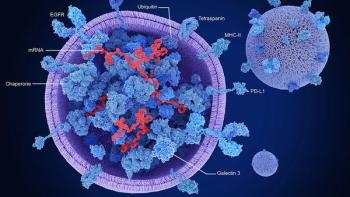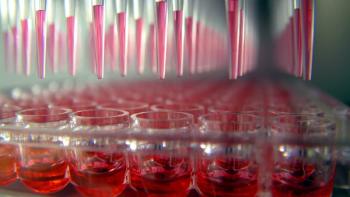
Roche and BioLamina Collaborate on Novel Cell Culture Systems
Roche and BioLamina have entered into a research and development agreement to jointly develop new cell culture systems for various applications, including stem cell research. The collaboration will assess laminin-based in-vitro cell culture matrices that can offer physiological microenvironments for living cells.
Roche and BioLamina have entered into a research and development agreement to jointly develop new cell culture systems for various applications, including stem cell research. The collaboration will assess laminin-based in vitro cell culture matrices that can offer physiological microenvironments for living cells. Roche will provide R&D funding and scientific expertise to BioLamina. Financial details of the agreement were not disclosed.
Laminins are proteins located in the extracellular matrix with specific tissue distribution. They are essential for cell growth and behaviour, making them an interesting target for new biologically relevant cell culturing techniques. Laminins can be exploited to solve the technical problems in stem cell culture. For example, it has been discovered that coating the cell culture dishes with biologically relevant human recombinant laminins offers physiological microenvironments to primary cells, including stem cells. When these cells feel at home under such conditions, they do not change their phenotype, which is important for in vitro studies. In principle, the use of laminins allows infinite culture of stem cells and other primary cell types to remain in completely defined environments in vitro. These proteins could potentially solve issues of repeatability as well as undefined and complex culture systems, making biological research and development easier and more reliable, with faster clinical applications.
"Our aim is to develop laminin-based culture systems that provide biologically relevant, standardized environments," said Ruedi Stoffel, head of biochemical reagents & custom biotech at Roche in a
"We're delighted that Roche has recognized the potential of our products and technology, which we believe will significantly complement their expertise and capabilities in cell culturing," commented Kristian Tryggvason, CEO of BioLamina. "By resolving many of the technical obstacles currently blocking the road to modern cell therapy, we expect this collaboration to accelerate the development of innovative cell culturing solutions that possibly can enable cell therapy."
BioLamina commercializes innovations based on recombinant laminins developed by Professor Karl Tryggvason at the Karolinska Institute. The company has been producing laminins for different cell types.
Newsletter
Stay at the forefront of biopharmaceutical innovation—subscribe to BioPharm International for expert insights on drug development, manufacturing, compliance, and more.





